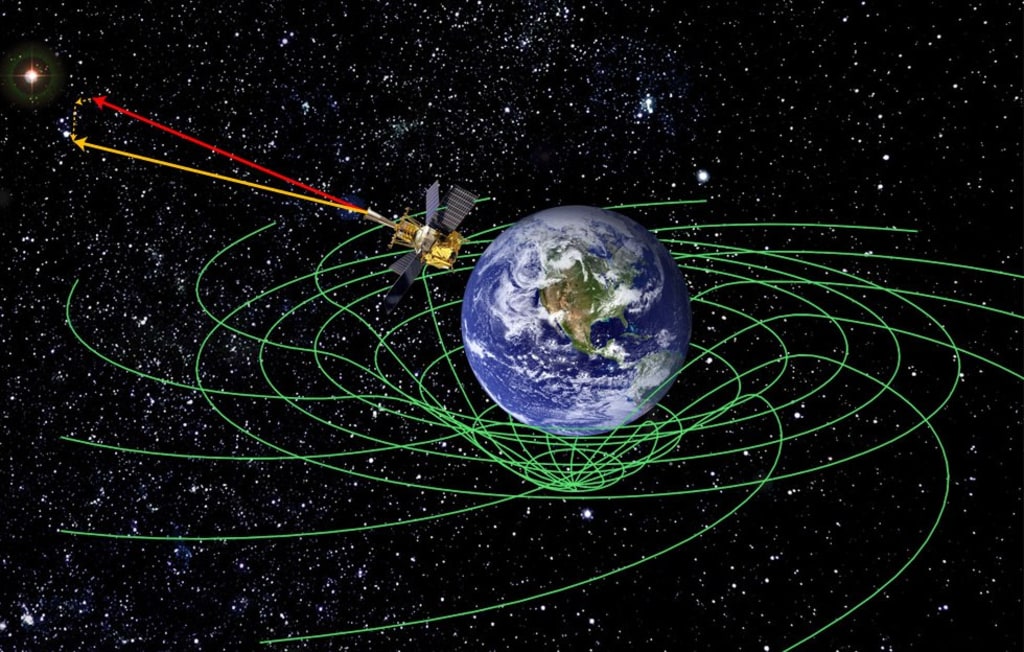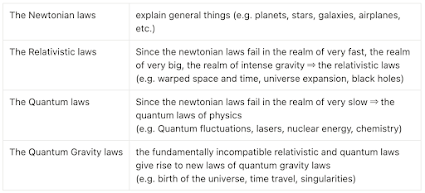The Science of Interstellar: Chapter I. Foundations
The Science of Interstellar
Chapter I. Foundations
Title: Interstellar
Director: Christopher Nolan
Cast: Matthew McConaughey, Anne Hathaway, Jessica Chastain, Matt Daymon
Genre: Science Fiction, Dystopia, Documentary, Action, Adventure
Language: English
Rated PG-13
Running time: 169 minutes
My Rating: 9.9/10
3. The laws that control the universe
4. Warped time and space, and Tidal gravity
Einstein, often referred to as the greatest scientist of all time, has realised important things that construct the basis of the science of Interstellar: time and space are warped.

So, what did he find out?
- Time must be warped by the masses of heavy bodies such as the Earth of a black hole
- that warping is responsible for gravity
- the greater the slowing of time, the stronger gravity’s pull
The further you are from the core of the Earth core, time flows quickly (less gravitational acceleration). On the other hand, on the ground, time flows more slowly since it is closer to the source of gravity.
<Tidal gravity>
The planets, stars, spacecraft, etc. near a black hole move along the straightest paths permitted by the hole’s warped space and time. The warping of space and time drives them together by producing "Tendex lines."
Tendex lines: the lines of force that squeeze some planetary paths together and stretch others apart
The book tells us that there are different viewpoints on the influence of the warping of space and time:
- the paths are stretched apart or squeezed together due to the planetary paths moving along the straightest routes possible in the warped space and time
- It is the tendex lines that do the stretching and squeezing
Now let's apply this to our planet, Earth 🌍
The moon’s gravity pulls more strongly on the near face of the Earth than on the far face. The direction of pull on the Earth’s sides is slightly inward because it is toward the Moon’s centre.
The Earth doesn’t feel the average of these gravitational pulls, because it is falling freely along its orbit.
But, the Earth feels tidal forces (= the full pull minus the average pull); it feels a stretch toward and away from the Moon, and a squeeze on its lateral sides.
These tidal forces are produced by the tendex lines that squeeze the Earth’s lateral sides and stretch toward and away from the Moon. The Moon’s tendex lines are visual embodiments of the Moon’s warping of space and time.
Based on the two different viewpoints on the influence of the warping of space and time, there are 3 viewpoints on tidal forces:
Having different viewpoints on the same phenomenon is extremely valuable, according to Kip Thorne. It allows scientists and engineers to spend most of their lives trying to solve "puzzles" like figuring out how black holes behave. I definitely agree with him. This multifaceted approach not only enriches our understanding but also opens the door to wiser, more nuanced answers. By exploring a phenomenon from different angles, we can decipher it in various areas influenced by distinct thought processes. In doing so, we pave the way for a comprehensive understanding, enhancing our ability to tackle even the most intricate mysteries.
5. Black hole
It's no exaggeration to say that Interstellar is a movie of Black Hole, Gargantua which is a fictional supermassive black hole with a mass 100 million times that of the sun. Gargantua in Interstellar is so great due to its high resemblance to a real black hole discovered after the film was produced. My next post will solely be about Gargantua, and now I am going to explain the foundational knowledge of black holes!

Basically, black holes are made from warped space and warped time
- Warped space


The singularity is a tiny region where the surface forms a point and thus is “infinitely warped."
In the singularity,
- tidal gravitational forces are infinitely strong
- it gets stretched and squeezed out of existence
but, singularity is not the one that produced the warping of space.
The hole’s space is warped by the enormous energy of its warping. The warping energy is stored in the black hole’s warped space which is so great that it generates the warping. Warping begets warping in a nonlinear, self-boostrapping manner.
2. Warped time
An event horizon is a boundary beyond which events cannot affect an observer
The closer to the horizon, the more slowly the time flows. At the horizon, time slows to a halt, making a person experience an infinitely strong gravitational pull.
Inside the event horizon, time flows downward toward the singularity.
Isn't that fascinating? It is absolutely unbelievable that such things even exist!
<Space whirl>
I guess the concept of space whirl will be less familiar to most of the people. Don't worry! It is not that difficult to understand.
You might have known already, but black holes can spin in a "vortex-whirling motion." Anything that falls toward the hole's horizon gets dragged, by the whirl of the space, into a whirling motion around and around the hole like a straw caught and dragged by a tornado's wind.
Near the horizon, there is no way whatsoever to protect oneself against this whirling drag. The whirl is fast as the horizon and decreases as we climb upward.
When we look at some images (actually stimulation) of black holes, the black cast a black shadow on the field of stars behind it. Light rays from stars are bent by the hole’s warped space. They are gravitationally lensed, producing a concentric pattern of distortion
The space whirl gives light rays a boost, letting them escape from closer to the horizon than light rays on the shadow’s right edge.
But.. How do we know this is TRUE?
The first thing to say is that black holes surely do exist. Einstein's relativistic laws insist that, when a massive star exhausts the nuclear fuel that keeps it hot, then the star must implode.
Then, a famous American Prometheus J Robert Oppenheimer discovered that the imploding star must create a black hole around itself, and then create a singularity at the hole’s centre, and then get swallowed into the singularity. No matter is left behind. The resulting black hole is made entirely from warped space and time.
Also, over decades since 1939, physicists using Einstein's laws have shown that if the imploding star is deformed and spinning, it will also produce a black hole.
We know the presence of black holes not because we’ve seen evidence for all these, but because astronomers have made a census of heavy stars that will become black holes when they exhaust their nuclear fuel. From that census, astronomers have inferred how many such stars have already exhausted their fuel and become black holes.
I trust that this post has provided you with valuable insights into the realm of physics, enriching your understanding and enhancing your enjoyment of the movie Interstellar! In the upcoming post, I am excited to delve deeply into the fascinating topic of the imaginary black hole, Gargantua. So stay tuned for an exhilarating journey into the comics unknown! 🌏🪐💫🌖🌟☄️✨


Comments
Post a Comment